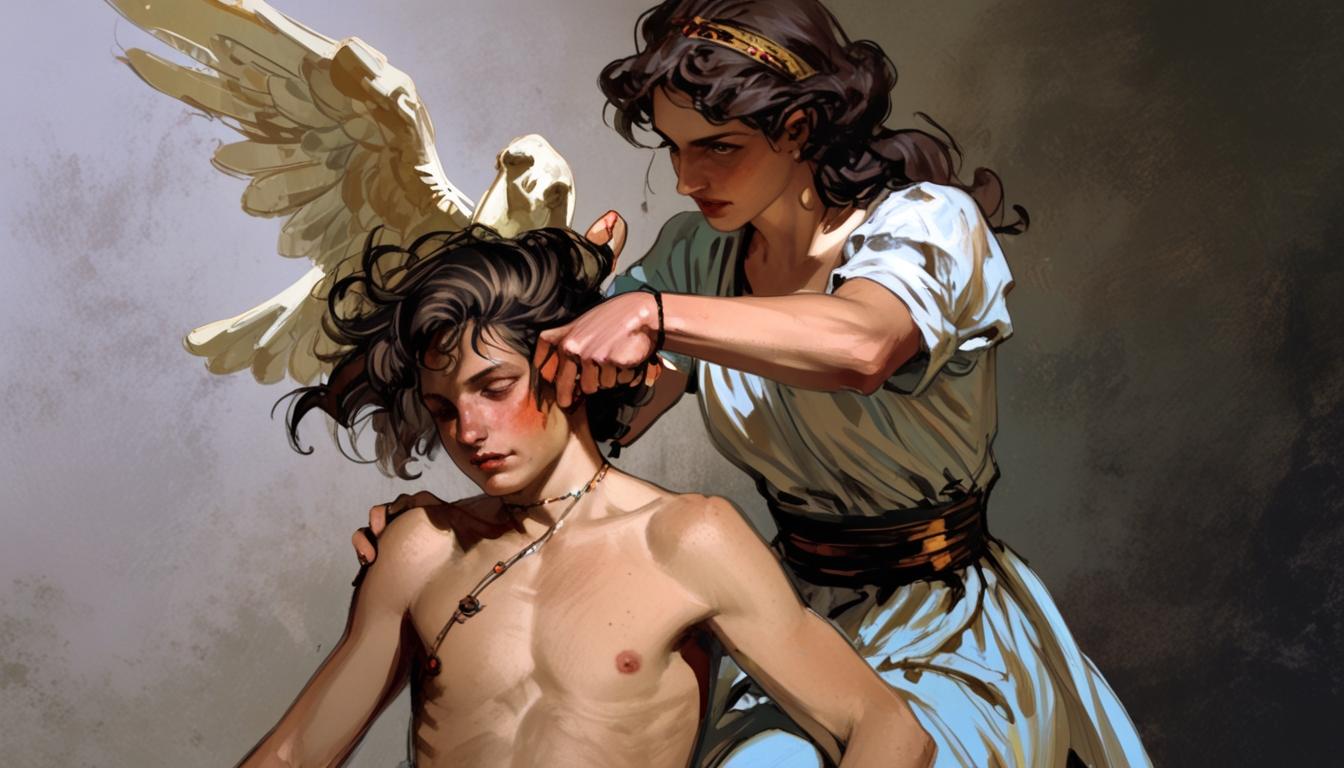Concerns regarding the authenticity of the painting "Samson and Delilah," held in the National Gallery, have resurfaced following claims that it may be a copy rather than an original work by the renowned Flemish artist Peter Paul Rubens. This discussion comes as the gallery prepares for a lecture by art historian Euphrosyne Doxiadis, who is set to address the painting's provenance.
"Samson and Delilah," which depicts the Biblical narrative wherein Israelite hero Samson is betrayed by Delilah, was purchased by the National Gallery for £2.5 million in 1980, making it the second-highest price ever paid for a painting at auction at the time. However, four and a half decades later, doubts about its authenticity have been reignited.
In an interview with The Guardian, Doxiadis highlighted what she perceives as "bad craftsmanship" in the work. She asserted that specific flaws, including the depiction of a cherub, indicate that the piece lacks the quality expected from Rubens. Doxiadis remarked, “In the 17th century it would be considered an unacceptable fiasco,” and noted that Rubens would never have allowed the portrayal of Samson's toes to be cut off.
Doxiadis plans to expand on her claims in an upcoming lecture at King’s College London and a new book titled "NG6461: The Fake National Gallery Rubens," where she aims to argue that the hallmark "flowing, twisting brushstrokes that are so characteristic of Rubens are nowhere to be seen" in "Samson and Delilah."
The Independent has reached out to the National Gallery for a response to these allegations. The gallery has previously faced challenges with authenticity, having acknowledged in 2010 the accidental acquisition of forgeries attributed to masters such as Botticelli, Holbein, and Dürer. Rachel Billinge, a research associate in the conservation department during that period, expressed a certain admiration for the forgers’ techniques, noting that their efforts sometimes surpassed those of original works produced by less engaged apprentices.
While instances of acquisition mistakes have occurred, with some paintings once deemed copies later identified as genuine masterpieces, the instances of downgraded works appear to be more frequent than those upgraded. One particularly notable misattribution was "A Man with a Skull," which was purchased in 1845 under the impression that it was a Holbein. It later became clear, based on modern analysis, that the work post-dated Holbein's death in 1543, resulting in the resignation of the gallery's then-director, Sir Charles Lock Eastlake.
In an exhibition held in 2010 that featured forty fakes, copies, and imitations, Nicholas Penny, the gallery’s director at that time, expressed pride in owning forgeries. He remarked, "I wish we had more fakes... It’s important to know how clever forgers can be," articulating a perspective that underscores the dual nature of the gallery as a place for both great masterpieces and the study of art history.
Source: Noah Wire Services
